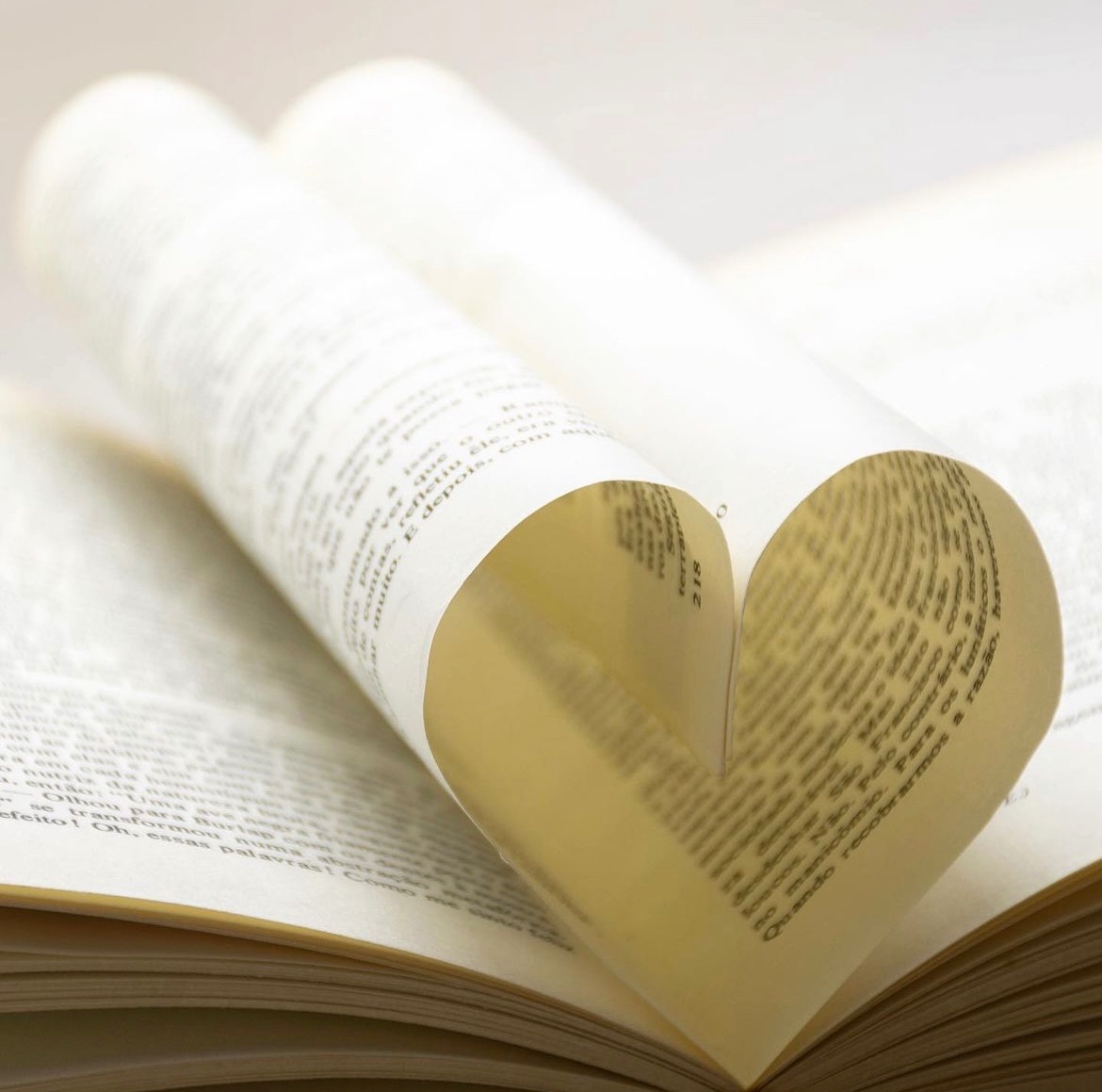PRECIOUS METALS
STERLING SILVER exposed to air, lotions, soaps and everyday dust and dirt will tarnish over time. Sterling silver is an alloy metal with 92.5% silver and 7.5% copper. The copper content in silver makes the silver a harder metal than fine silver and so is easier to turn into everyday hard-wearing objects such as cutlery, medical equipment and jewellery. The copper in silver reacts to moisture and sulphur in the air which causes the silver to discolour and lose its shine.
ARGENTIUM SILVER is brighter and shinier than Sterling Silver and it is tarnish resistant. Argentium Silver is more durable and stronger than traditional Sterling silver which makes it more resistant to damage. Argentium jewellery is low maintenance but it will still need the occasional clean.
Even though GOLD doesn’t tarnish as easily as silver, it can slowly lose its high shine.The purer the gold the longer the shine will endure but with 9ct or 14ct gold where the gold is mixed with other alloys such as silver and copper, tarnish, dullness and patina will set in over a period of time. Fortunately, one of the advantages of owning gold jewellery is that the tarnish or dullness will set in at a much slower pace and can be easily removed at home using quick and effective DIY techniques.
As timeless as gold is, you will find that your gold jewellery can accumulate blackness, dullness and tarnish with the passage of time. This could be due to moisture/humidity, improper storage, oxygen and sulphur in the air, perspiration, exposure to chlorine, perfume, hairspray and deodorants, or even exposure to a foodstuff which are rich in sulphur.
LOOKING AFTER YOUR JEWELLERY
- Clean your silver or gold regularly with a silver or gold polishing cloth to remove any tarnish. Do be careful not to over polish your silver items and do not be too heavy handed with your jewellery. Use luke warm water with a very soft toothbrush to keep surfaces clean.
- Fine jewellery is best kept in an airtight box and/or jewellery pouch when not worn. This will prevent your jewellery from being exposed to the air for prolonged periods and the risk of tarnishing. It will also help prevent scratch marks appearing.
- Try and limit your jewellery from exposure to chemical substances such as lotions and perfumes and always ensure any moisturiser or perfume has dried before putting on your jewellery.
- Swimming or bathing in the sea, swimming pool whilst wearing your silver jewellery is not recommended. Sterling silver can change colour when exposed to salt water and chlorinated pools, and the salt water and chlorine will damage Sterling silver far more than any other metal. Always make sure you take jewellery off before showering or bathing and take rings off before you wash your hands.
- Anti -Tarnish paper tabs or strips are perfect to put with your silver when storing your jewellery away. Silica gel sachets can be put with your jewellery too. Both are great at absorbing any moisture in the air. Both Anti- Tarnish papers and Silica Gel strips can be widely purchased online.
GEMSTONES IN JEWELLERY
I set gemstones using traditional silversmithing methods and I often make a stone setting from scratch. The stone is then placed inside the bezel or tube setting to fit as snug as possible and then the precious metal surrounding the stone is pushed tightly over the sides of the stone to hold the stone in place.
Inevitably, over time, stones that are set into jewellery will move and shift slightly. A loose stone can be reset.
Gemstone care- Always avoid temperature extremes. Wipe clean gently with a soft, damp, lint free cloth and dry.






